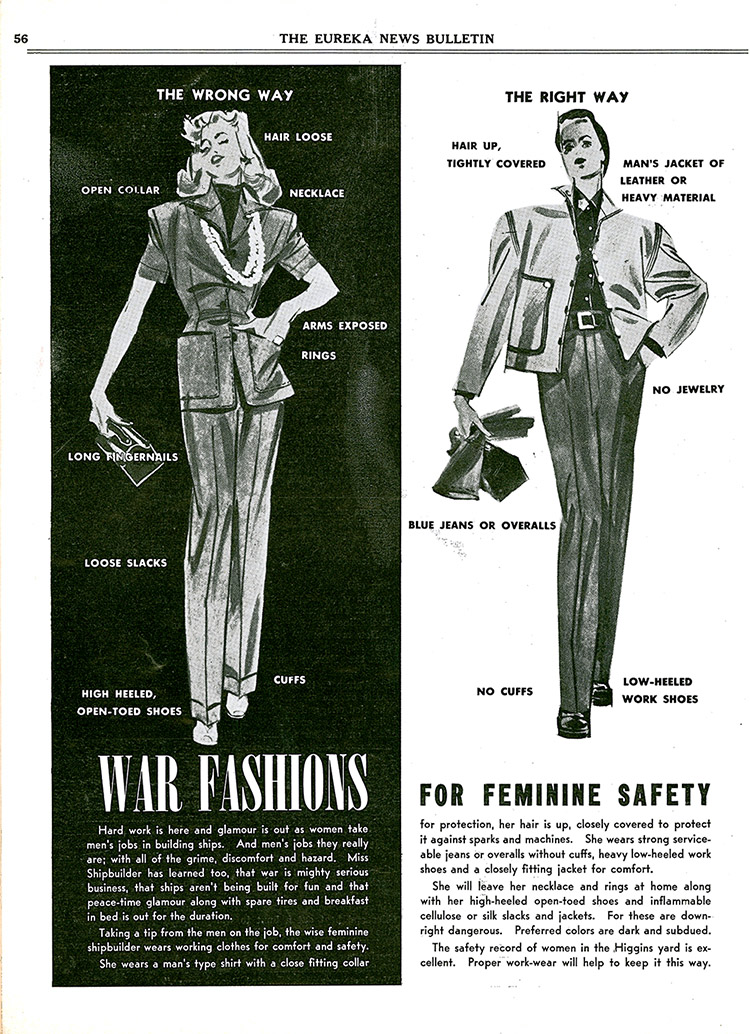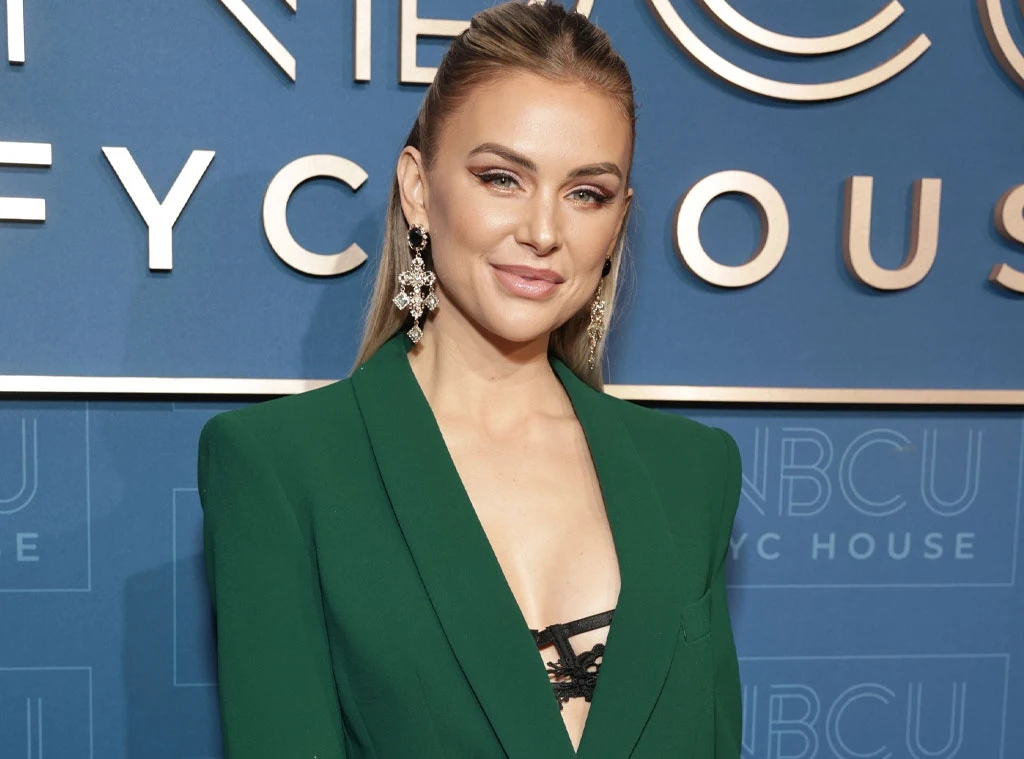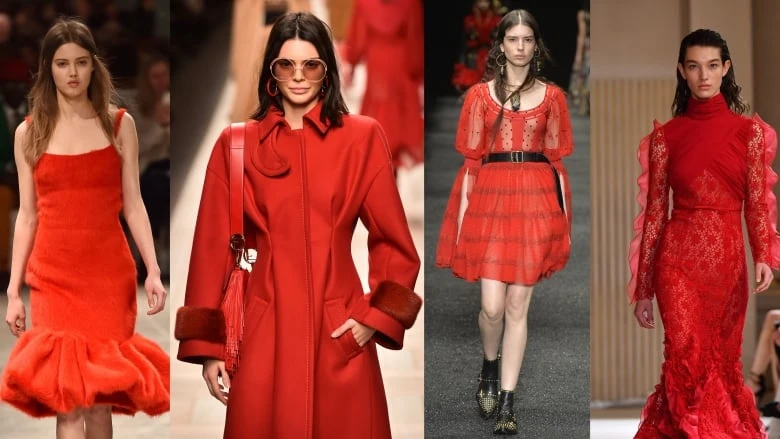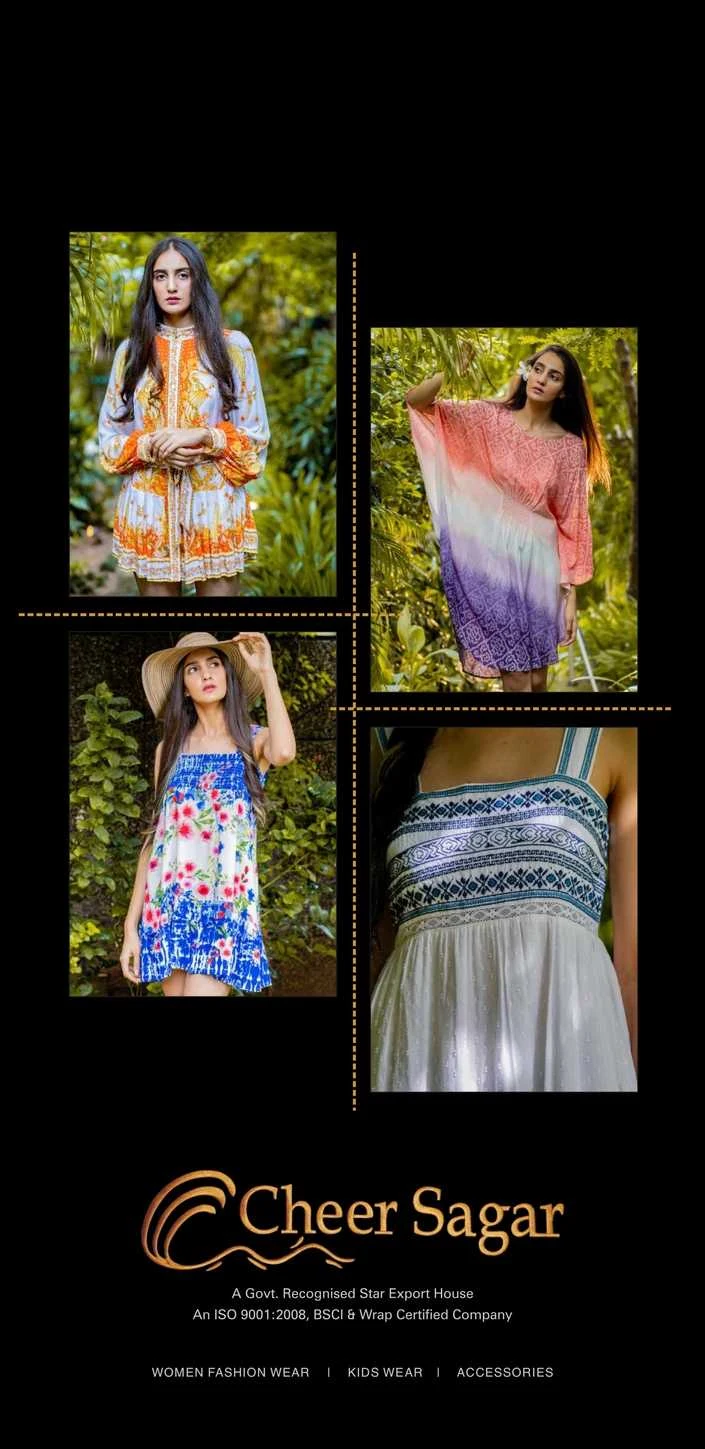During WW1, women’s fashion shifted to more practical and utilitarian clothing, with less emphasis on extravagance and more focus on functionality and efficiency. Skirts became shorter to accommodate the demands of wartime work, and corsets were abandoned in favor of looser, more comfortable silhouettes.
These changes reflected the changing roles of women during the war, as they took on more active roles in the workforce and in society. Women’s fashion during WW1 not only mirrored the societal shifts brought about by the war but also served as a symbol of women’s resilience and adaptability during challenging times.
The evolution of women’s fashion during this period is a testament to the strength and versatility of women in the face of adversity.

Credit: prologue.blogs.archives.gov
The Impact Of Ww1 On Women’s Fashion
During WW1, women’s fashion underwent significant changes due to the practical needs arising from the war. The impact of WW1 on women’s fashion can be observed through the rise of practicality and the shift in silhouette, reflecting the societal shifts during this turbulent time.
Rise Of Practicality
Women favored functional and utilitarian garments during WW1, replacing elaborate styles with more practical designs. Practicality became paramount as women took on new roles in the workforce and participated in war efforts. Simpler silhouettes and more durable fabrics became prevalent, reflecting the need for efficiency and mobility.
Shift In Silhouette
The silhouette of women’s fashion evolved during WW1 from the restrictive corsets and full skirts of the previous era to more streamlined and straight-cut attire. Sleeves became slimmer and hemlines rose to better suit active lifestyles. Women embraced a more masculine-inspired look with looser fitting garments, departing from the ornate and feminine styles of the past.

Credit: prologue.blogs.archives.gov
Military Influence On Women’s Clothing
During World War 1, the military impact on women’s fashion was profound.
Adoption Of Military Details
- Women began adopting military-inspired details in their clothing.
- Incorporation of epaulettes, brass buttons, and khaki colors became prevalent.
- These elements added a sense of patriotism and solidarity to women’s attire.
Incorporation Of Utility
- Functional and utilitarian features were incorporated into women’s clothing.
- Practicality and ease of movement became essential during the wartime.
- Long skirts were replaced with shorter hemlines for practicality and mobility.
The Role Of Women In Workforce And Fashion
During World War I, women’s fashion underwent a significant transformation as they took on new roles in the workforce. This shift not only influenced their attire but also became a symbol of empowerment and independence. Exploring the impact of wartime demands on women’s fashion provides insights into how functionality and empowerment became essential elements of their clothing choices.
Functional Attire For Work
The wartime need for women to fill jobs traditionally occupied by men brought about a fundamental change in their fashion. Practicality and utility became the primary focus, leading to the adoption of more functional attire suitable for factory work, agriculture, and other labor-intensive occupations. Modesty and comfort were prioritized, leading to the popularization of skirts and practical blouses that allowed for ease of movement and comfort while working.
Empowerment Through Dress
Women’s clothing during WWI also became a powerful medium for expressing their newfound sense of empowerment. The shift towards more practical and tailored designs allowed women to embrace a sense of agency and capability in the workforce, reflecting their desire to be taken seriously in non-traditional roles. The adoption of more practical and flexible attire not only facilitated their work but also challenged traditional gender norms, serving as a visual representation of their newfound independence.
Rise Of Haute Couture And Ready-to-wear
During World War 1, women’s fashion underwent significant changes as the war necessitated adaptation to new lifestyles and the demand for accessible and mass-produced clothing increased. With the rise of Haute Couture and Ready-to-Wear, women found themselves with more options than ever before. Let’s explore these changes in more detail.
Adaptation To New Lifestyles
The outbreak of World War 1 forced women to step into traditionally male roles, taking on work in factories, farms, and other industries that were crucial to the war effort. As a result, their clothing had to become more practical and functional, reflecting their newly demanding lifestyles. Long, flowing dresses were replaced with shorter hemlines and looser fitting garments, allowing for easier movement and increased comfort. Women’s fashion had to keep pace with the changing times and adapt to the needs of their new roles.
Accessibility And Mass Production
Another significant change during this period was the increased accessibility and mass production of clothing. As the war created a greater demand for clothing, designers and manufacturers had to find ways to meet these needs efficiently. Ready-to-Wear clothing emerged as a convenient option for women, offering pre-made garments that were readily available and affordable. This marked a departure from the traditional practice of custom-made Haute Couture clothing, which had been limited to the elite and wealthy. Ready-to-Wear allowed for greater inclusivity in fashion, making stylish clothing accessible to a wider range of women.
In addition, advances in manufacturing and industrialization allowed clothing to be produced on a larger scale. This meant that women had more options to choose from, with a variety of styles, colors, and sizes available. The mass production of clothing not only made fashion more accessible but also helped to fuel the growth of the fashion industry as a whole.
Conclusion
Overall, the rise of Haute Couture and Ready-to-Wear during World War 1 marked a significant shift in women’s fashion. The adaptation to new lifestyles and the increased accessibility and mass production of clothing allowed women to embrace fashion in a way they hadn’t before. These changes laid the foundation for the evolution of women’s fashion in the years following the war, setting the stage for the fashion industry as we know it today.
Socio-cultural Changes Reflected In Fashion
During WW1, women’s fashion underwent significant changes due to socio-cultural shifts. With men at war, women had to take on new roles, leading to practical and simpler clothing styles. Additionally, the need for functionality influenced the introduction of trousers and shorter hemlines, reflecting the changing societal norms.
Shift In Gender Roles
During World War I, the socio-cultural landscape underwent significant changes that were also reflected in women’s fashion. One of the key aspects of this transformation was the shift in gender roles. Women were expected to take on new responsibilities as their male counterparts went off to fight in the war. This change in societal expectations was also manifested in the way women dressed. The traditional restrictive garments that had been associated with femininity were gradually replaced with more practical and utilitarian clothing choices, allowing women greater mobility and freedom to perform their newfound roles in society. This shift in gender roles brought about a new era of women’s fashion, one that embraced functionality and liberation.Expression Of Liberation
The fashion choices of women during World War I became a powerful form of expression and liberation. With men away at war, women seized the opportunity to break free from the constraints of traditional gender norms and explore more unconventional styles. The silhouette of women’s clothing began to change, with corsets being abandoned in favor of looser and more comfortable designs. This newfound freedom was not only reflected in the physical form of the garments, but also in the choice of fabrics and colors. Bright and bold hues became popular, symbolizing the energy and optimism that permeated the era. Women embraced shorter hemlines and trousers, allowing them to engage in activities previously seen as off-limits. This unapologetic expression of liberation through fashion served as a visual representation of the evolving role of women in society.
Credit: www.frieze.com
Frequently Asked Questions For How Did Women’s Fashion Changed During Ww1
What Happened To Women’s Fashion During The War?
Women’s fashion during the war saw practical, understated styles with rationing influencing fabric choices and designs. Hemlines rose, suits became popular, and utility clothing prevailed.
How Did Fashion Change As A Result Of The War?
Fashion evolved during the war with practical designs, rationing of materials, and utility styles gaining popularity. The focus shifted towards functionality and simplicity, influencing trends that emphasized comfort and durability over extravagance and excess.
How Did The War Industries Board Change Women’s Fashion?
The War Industries Board changed women’s fashion by promoting practical and efficient clothing. This led to the popularization of shorter skirts and looser silhouettes, as well as the use of more affordable materials like cotton and wool.
When Did Women’s Fashion Change?
Women’s fashion has undergone numerous changes throughout history. These changes can be traced back to different periods such as the Renaissance, Victorian era, and the modern era. Transition in women’s fashion occurred as societal norms, cultural influences, and fashion trends evolved.
Conclusion
The fashion landscape for women during WW1 underwent remarkable changes. From practical uniform-like clothing to the influential shift towards more functional and liberating attire, women’s fashion evolved dramatically. These shifts were not only a reflection of the socio-economic climate but also served as a catalyst for newfound empowerment and self-expression.






